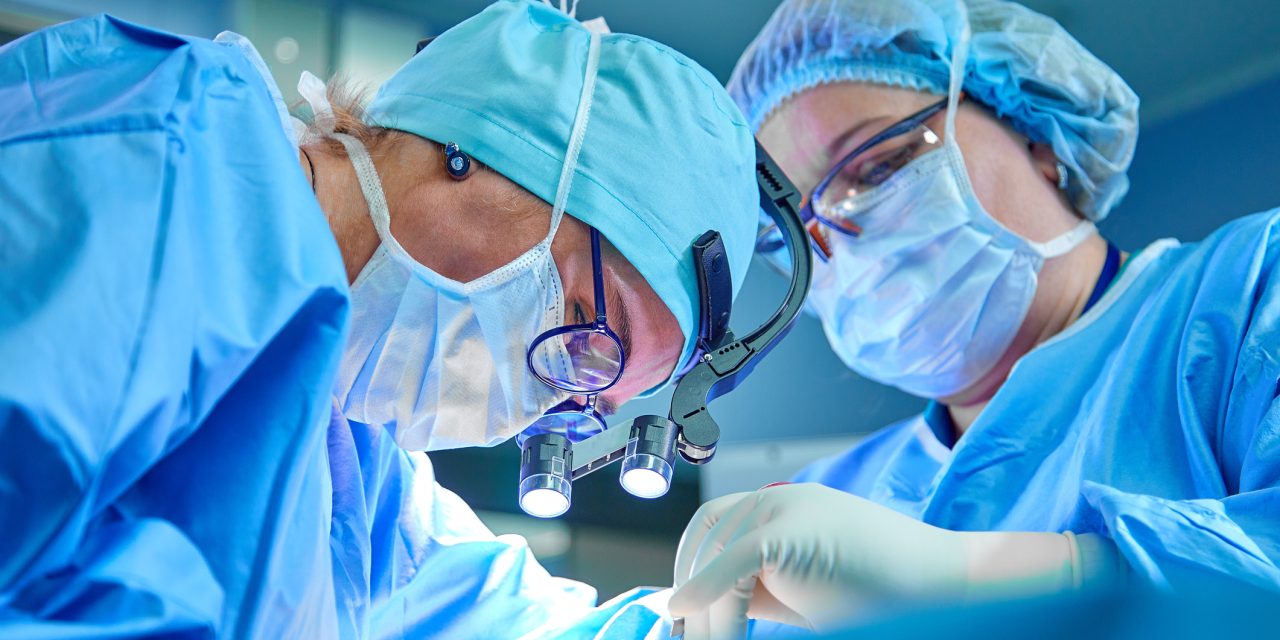For a study, it was determined that circumferential minimally invasive spine surgery (cMIS) for adult scoliosis had evolved and become more potent, but prospectively gathered data allowed for a direct comparison with standard open correction. The authors conducted a retrospective analysis of prospectively collected adult spinal deformity data from many centers. Using health-related quality-of-life (HRQOL) measurements and surgical parameters, the authors directly compared cMIS for adult scoliosis to open correction in propensity-matched cohorts. A retrospective review of data from a prospective, multicenter adult spinal deformity database was conducted by researchers. Age greater than 18 years, a minimum 1-year follow-up, and one of the following characteristics: pelvic tilt (PT) more than 25°, pelvic incidence minus lumbar lordosis (PI-LL) more than 10°, Cobb angle more than 20°, or sagittal vertical axis (SVA) greater than 5 cm were all used as inclusion criteria. Patients were divided into two groups: those who underwent cMIS (percutaneous screws with minimally invasive anterior interbody fusion) and those who underwent open repair (traditional open deformity correction). Age, BMI, preoperative PI-LL, pelvic incidence (PI), T1 pelvic angle (T1PA), SVA, PT, and the number of posterior levels fused were all controlled for using propensity matching.
After matching for age, BMI, PI-LL (mean 15° vs. 17°, respectively), PI (54° vs. 54°), T1PA (21° vs. 22°), and mean several levels fused, a total of 154 patients (77 underwent open operations and 77 underwent cMIS) were included (6.3 vs. 6). Patients who had three-column osteotomies were not included in a study. All patients were followed for a year. The cMIS and open patients had similar postoperative Oswestry Disability Index (ODI) (P=0.50), Scoliosis Research Society–total (P=0.45), and EQ-5D (P=0.33) scores. At baseline (25.9° vs 26.3°, P=0.85) and one year after surgery (15.0° vs 17.5°, P=0.17), maximum Cobb angles were similar in open and cMIS patients. At one year, 58.3% of open patients and 64.4 % of cMIS patients (P=0.31) had achieved the least clinically significant difference (MCID) in ODI. There were no differences in PI-LL (P=0.71), SVA (P=0.46), PT (P=0.9), or Cobb angle (P=0.20) after a year. In comparison to cMIS patients, open patients had higher estimated blood loss (1.36 L vs 0.524 L, P<0.05) and less interbody fusion (1.87 vs 3.46, P<0.05), but shorter operational durations (356 minutes vs 452 minutes, P=0.003). The rates of revision surgery were similar in both cohorts (p=0.97). HRQOL improvement, spinopelvic parameters, revision surgery rates, and proportions of patients who reached MCID were similar between cohorts when cMIS was compared to open adult scoliosis correction with propensity matching. Compared to open patients, well-selected cMIS patients experienced reduced blood loss, equivalent results, and longer operational hours.
Reference:thejns.org/spine/view/journals/j-neurosurg-spine/36/2/article-p203.xml


